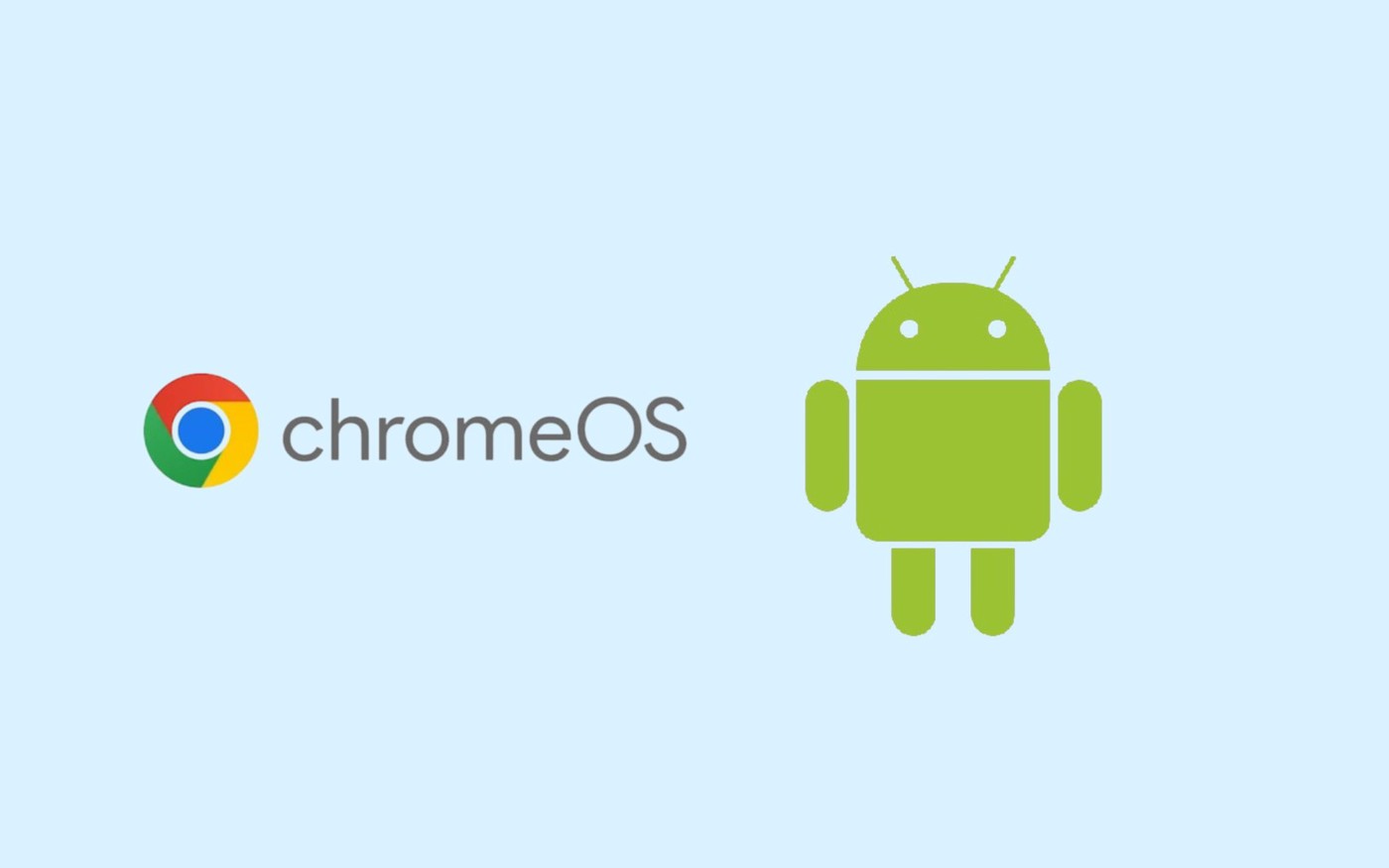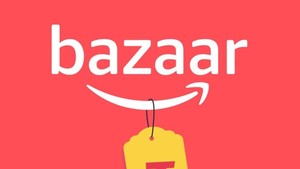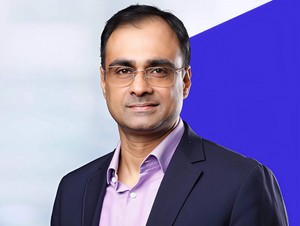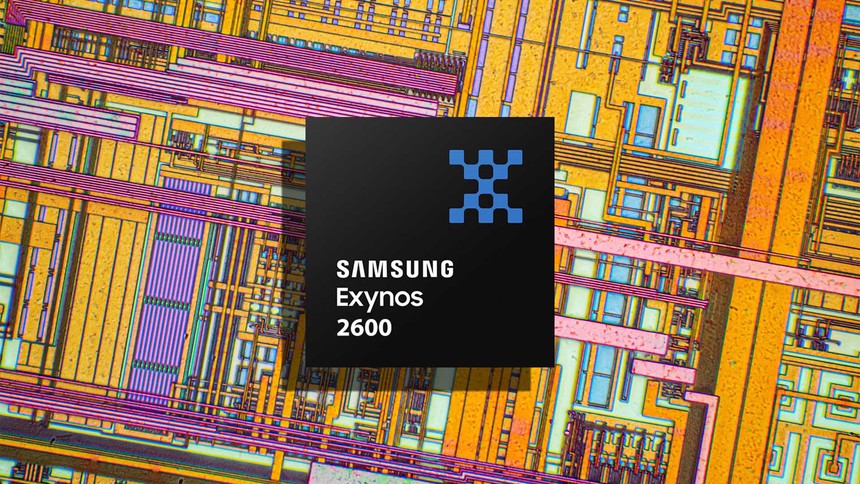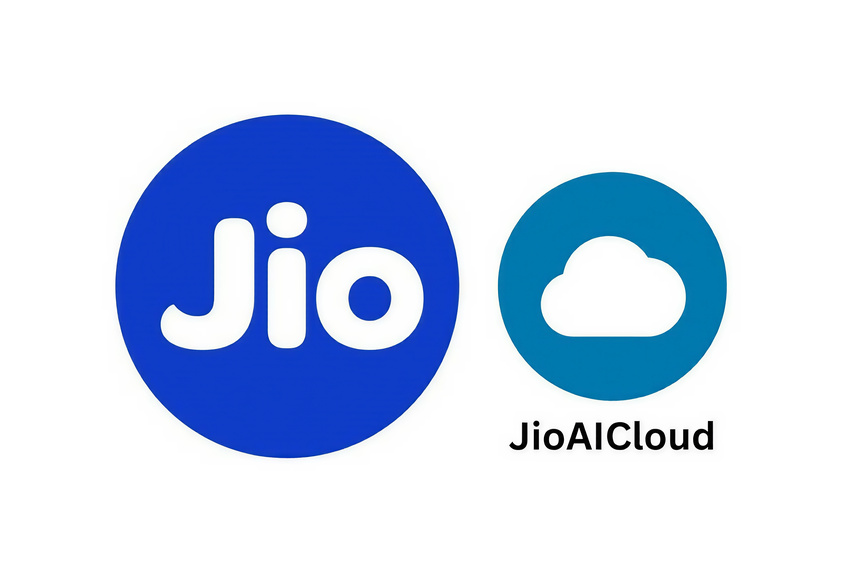Google is about to change the way you use your devices forever. After years of maintaining two distinct operating systems, ChromeOS and Android, the tech giant is now moving toward merging them into a single, unified platform. This major development was recently confirmed by Sameer Samat, President of the Android Ecosystem at Google, during an interview that hinted at a sweeping transformation in the company's software strategy.

Samat revealed that Google is deeply interested in how users interact with laptops and larger-screen devices today. His questions about why a journalist preferred using a MacBook over other options were not casual curiosity. They were part of a larger vision. A vision where Google no longer divides its resources across two platforms, but instead offers one seamless, powerful experience that works across laptops, tablets, and potentially foldables and smart displays.
This announcement reinforces an earlier report from November 2024 that first suggested Google had begun a multi-year project to create a hybrid platform. That initiative was said to be a direct response to Apple’s success with iPadOS, which has bridged the gap between mobile and laptop computing. Now, with this latest confirmation from one of Google’s top executives, the plan seems more real than ever.
What makes this move particularly significant is its potential impact on user experience and developer support. If Google combines the strengths of ChromeOS and Android, users can expect better app compatibility, more cohesive software features, and smarter multitasking across devices. For developers, this could mean building once and deploying everywhere, from smartphones to laptops, without worrying about fragmented operating systems or limited hardware support.
The shift also suggests a new chapter for Android, which might soon evolve into something much more capable on larger screens. Until now, Android has always felt mobile-first, with limited features for desktops and productivity-heavy use cases. ChromeOS, while fast and secure, has lacked the app diversity and fluid interface Android is known for. A merger would allow Google to offer the best of both worlds.
This integration could result in a new variant of Android that includes laptop-specific features like advanced multitasking, desktop-style file management, and a smoother app experience on bigger displays. It may even lead to new Google hardware optimized for this unified platform, potentially reshaping how we view Chromebooks and Android tablets in the future.

Another angle to this move is efficiency. By combining both operating systems into one platform, Google can better streamline its engineering resources, reduce redundancy, and offer faster updates. Developers will also benefit, as the new unified platform could expand the Android app ecosystem to devices previously restricted by ChromeOS limitations, unlocking new monetization opportunities.
Although details are still limited, the confirmation signals that Google is now officially committed to creating a unified user experience. It is no longer just speculation. It is a future that is already being built.
This could be one of the biggest shifts in consumer tech since Android first launched. It is a sign that Google is thinking bigger, bolder, and more integrated than ever before. And if done right, it might finally offer a real competitor to Apple’s tightly controlled device ecosystem.
Follow Tech Moves on Instagram and Facebook for more exclusive updates on Google’s unified platform, software innovations, and the future of cross-device computing.


